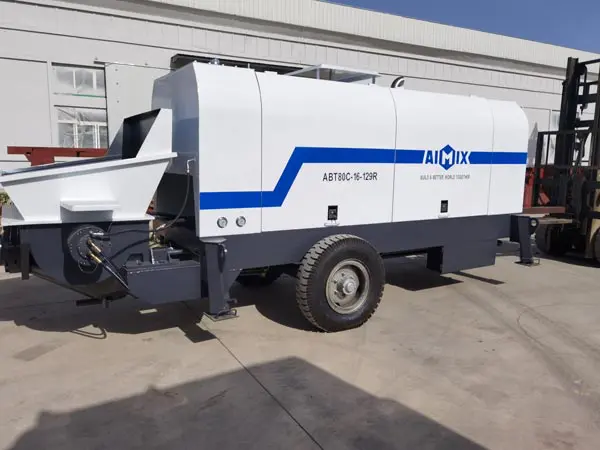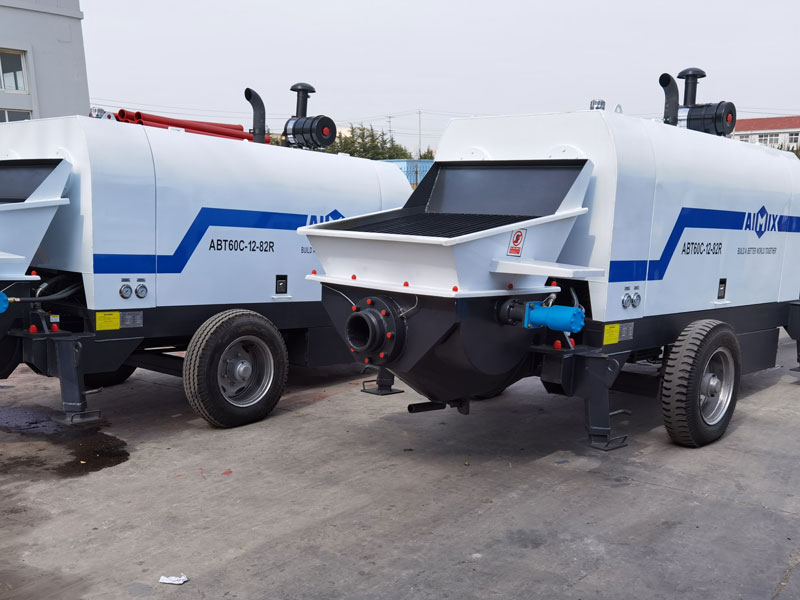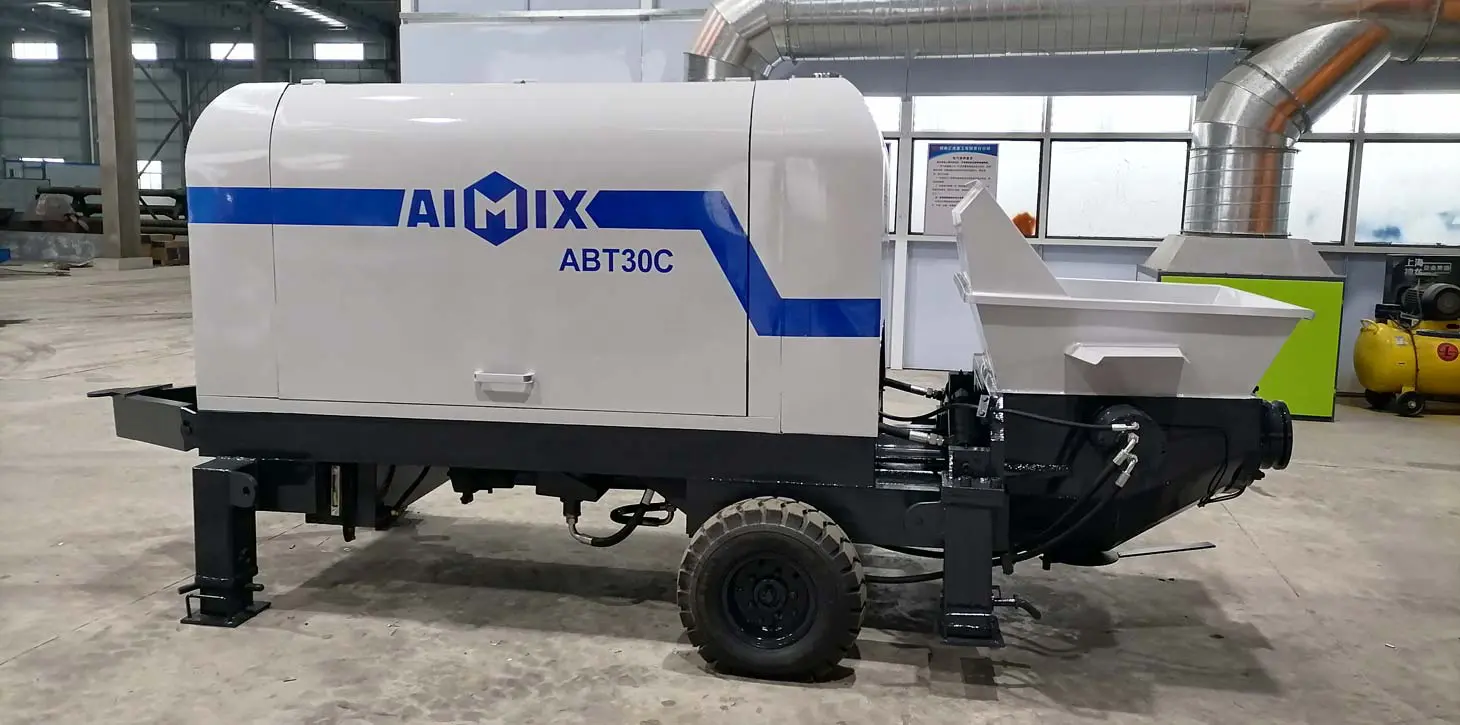Concrete pumps are crucial equipment in the construction industry, used for efficiently transporting concrete to various parts of a construction site. However, to ensure their longevity and optimal performance, proper operation and maintenance are essential.
Operation Basics
The operation of concrete pumps involves several key steps and considerations to ensure efficient and safe pumping. Here is a clear and structured guide to the operation of stationary concrete pump:
Pre-Operation Preparation
Conduct a comprehensive inspection of the pump, checking for any visible damage or wear.
Ensure all safety devices and guards are in place and functioning properly.
Verify that all hoses, valves, and connections are secure and leak-free.
Setting Up the Pump
Position the pump on a stable and level surface to minimize vibration and ensure proper operation.
Connect the hoses and pipes, ensuring tight and secure fittings to prevent leaks.
Prime the pump by filling the pumping system with water or a suitable priming fluid.
Starting the Pump
Follow the manufacturer’s instructions for starting the pump’s engine or motor.
Gradually increase the pump’s speed to avoid sudden pressure surges.

Monitoring and Adjusting
Continuously monitor the pump’s pressure gauges and flow meters to ensure optimal performance.
Adjust the pump’s speed and output as needed to maintain a steady and efficient flow of concrete.
Safety Precautions
Wear appropriate protective gear, such as gloves, goggles, and a hard hat, during operation.
Keep clear of moving parts and avoid touching hot surfaces.
Be aware of the potential for concrete splashes and take precautions to avoid contact with skin or eyes.
Shutdown and Post-Operation
Gradually reduce the pump’s speed before shutting down the engine or motor.
Disconnect all hoses and pipes, ensuring that any residual concrete is properly disposed of.
Maintenance of Concrete Pumps
Maintaining concrete pumps is crucial for ensuring their efficient operation, prolonging their lifespan, and preventing costly breakdowns. Here is a structured approach to the concrete pump maintenance:
Regular Inspections
Daily checks should include verifying the tightness of all connections, hoses, and fittings to prevent leaks.

Inspect the pump’s exterior for any cracks, damage, or corrosion.
Regularly monitor the oil level, oil quality, and hydraulic fluid levels.
Lubrication
Bearings, seals, and other moving parts should be regularly lubricated according to the manufacturer’s recommendations.
Use high-quality lubricants to reduce wear and friction.
Cleaning and Debris Removal
After each use, clean the portable concrete pump thoroughly to remove any residual concrete or debris.
Pay special attention to the hopper, S-valve, and piping system to prevent clogging.
Replacement of Wear Parts
Keep track of wearable parts such as hoses, seals, and piston cups, and replace them when necessary.
Follow the manufacturer’s guidelines for part replacement intervals.
Hydraulic System Maintenance
Regularly check the hydraulic oil for contamination and replace it if necessary.
Maintain the correct oil temperature to prevent overheating and damage to the hydraulic system.
Electrical System Care
Inspect electrical wires and connections for damage or looseness.
Ensure that all electrical components are properly grounded and protected from moisture and dust.
In conclusion, the operation and maintenance of concrete pumps are not just about keeping the machines running; it’s about ensuring safety, efficiency, and longevity. By investing in proper training, maintenance, and safety measures, construction companies can maximize the benefits of these powerful tools.
